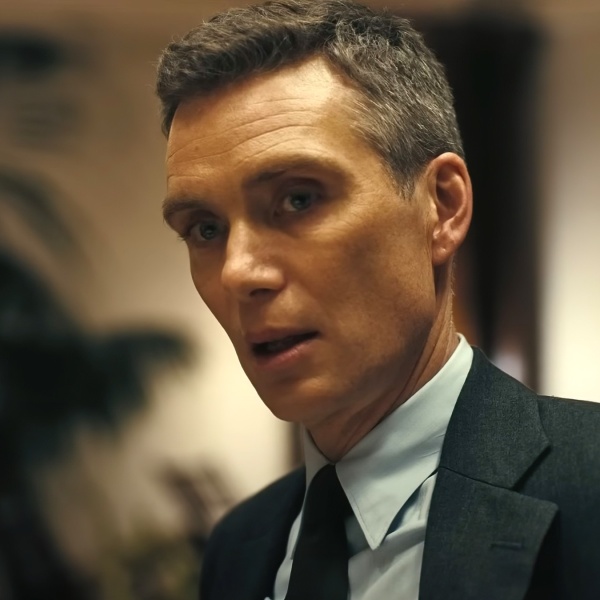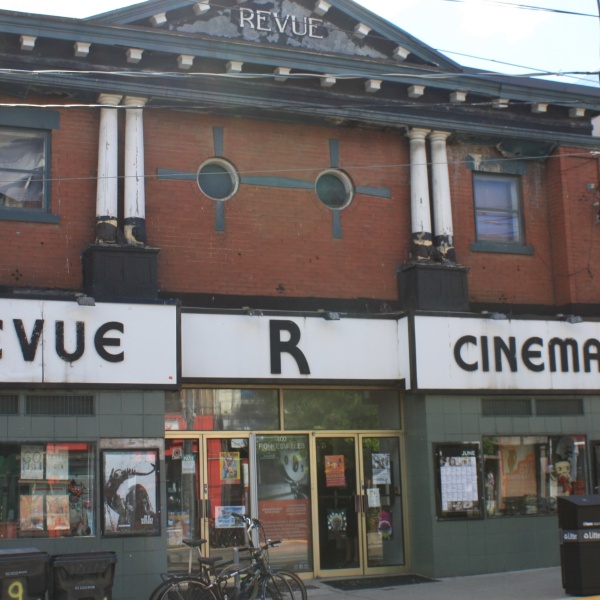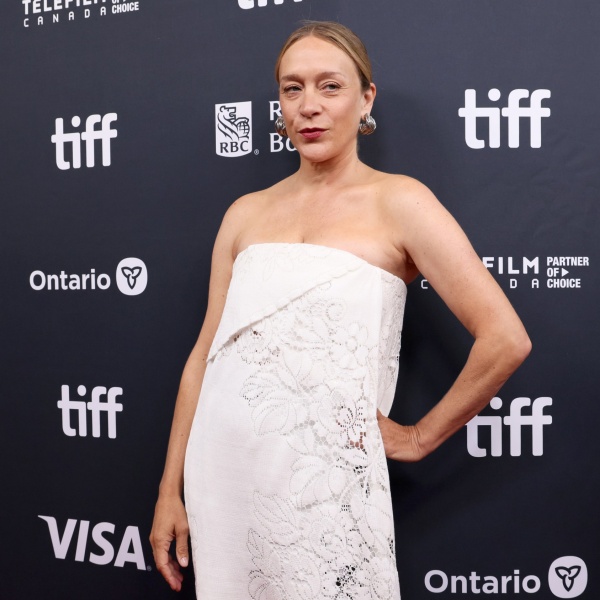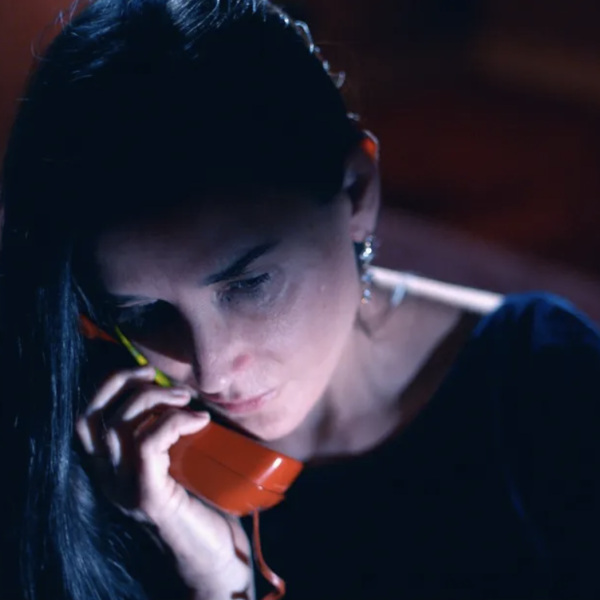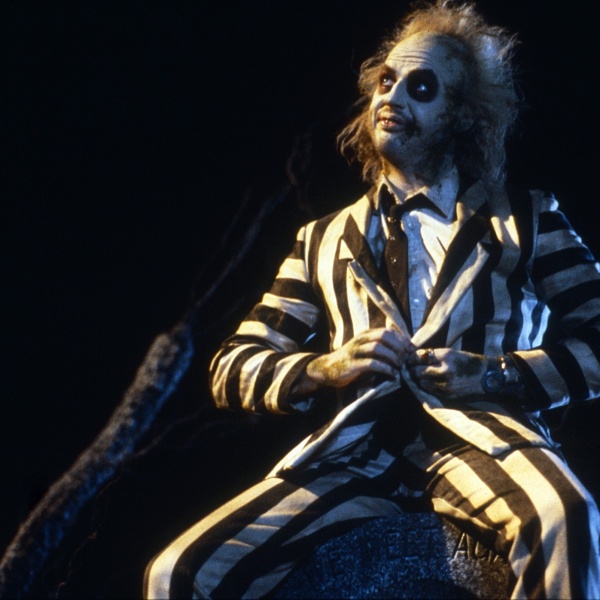Yorgos Lanthimos‘ “Poor Things” is more logistically challenging and sweeping in scale than anything the director has ever attempted, but at its core, it’s still as eccentric in its humor and as unsettlingly poignant as earlier Lanthimos works like “The Killing of a Sacred Deer” and “The Lobster.” A riff on the “Frankenstein” story in which a young suicide victim (Emma Stone) is brought back to life by a mad scientist (Willem Dafoe) who enters the world to find her place in it, “Poor Things” combines elements of horror, black comedy, fantasy, and period romance.
While the scope of the film, which traverses several countries and is populated by extravagantly costumed extras and lavishly appointed sets, is huge, the crew Lanthimos used to tell his tale wasn’t. “We would just focus on the important stuff,” Lanthimos told IndieWire’s Filmmaker Toolkit podcast. “It would just be the camera, the actors, the A.D., focus puller, and sometimes the boom operator for sound.” Often that boom operator wouldn’t even be on set; the crew would rig the microphones so that Lanthimos would have the fewest possible people on the stage.
For Stone, this approach yielded maximum creativity. “It was very important to feel that this was an intimate experience no matter how big the sets were,” she told IndieWire. “There’s nothing better than to be free and experimenting.” Those big sets weren’t merely decorative; Lanthimos wanted them to express Bella’s most interior thoughts and feelings. “I knew that I wanted to create this world for Bella to inhabit so that it reflected her individuality and uniqueness,” he said, noting that was why he chose to construct all of the locations on a stage. “The idea was that we would build everything in the studio, even exteriors, so that everything would feel tactile and familiar but also out of this world.”
Stone, who previously collaborated with Lanthimos on “The Favourite” and short film “Bleat” and already has a new film in the can with the director, gives arguably the best performance of her career, creating rhythms of physical and verbal expression that feel like natural extensions of those outlandish sets. Stone noted that the liberating environment on set was key to her process. “We don’t have marks,” she said. “Yorgos doesn’t say action. There’s no video village, just Yorgos sitting with his monitor right by the camera. We don’t have stand-ins and we don’t leave set. It feels as small and intimate as humanly possible. The things that are happening from rehearsal or from take to take shift and change as time goes on, so you’re really trusting Yorgos to find that world.”

